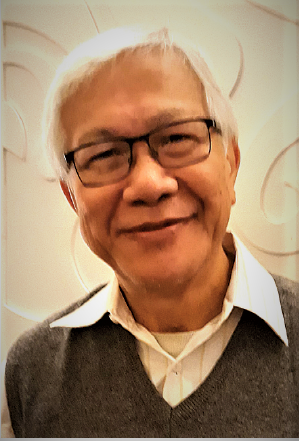The packaging market today is experiencing tremendous changes owing to the increased awareness of the consumers on issues related to health and wellness. The issues on sustainable packaging have become broader and more complex, according to Henky Wibawa, Executive Director of the Indonesia Packaging Federation (IPF). “The sustainable packaging we are talking about spans the beginning up to the end of the life cycle, so in this case the life cycle assessment (LCA) is a very useful instrument in order for us to really see the impact of the product on the environment. Consumers are now getting more knowledgeable, and should be well educated, on the purpose of the packaging and what is the impact of the packaging,” according to Mr. Wibawa.
In designing the packaging, trends and developments are pointing towards materials and technologies that are able to meet the circular economy target where the goal is to minimise the product’s environmental impact without losing the functionality of the packaging design itself. “So what we see today is a whole requirement of the eco-design of packaging that is a lot more complex. In terms of material efficiency, we’re talking about the design of the recycling and that means being recyclable,” Mr. Wibawa elaborates.

Mr. Henky Wibawa, Executive Director, Indonesian Packaging Federation
As the world realises that beyond packaging, there is a need to develop a holistic solution towards recycling and reuse of the plastic material so that plastic waste will no longer be thrown away. But as Mr. Wibawa explains, the future lies in the ability of the industry and its stakeholders to design appropriate technology and materials, as well as educate consumers to move forward in achieving a circular economy. “And to meet the circular economy for plastic packaging, there is also this need for legislation, and understand the technological and economic feasibility of the whole ecosystem to realise the benefits and fully implement it,” Mr. Wibawa adds.
In terms of packaging design, lighweighting and increased protection especially for food packaging will be primary trends as the industry follows some guidelines, like those in Europe on flexible packaging. Recyclability of the packaging will also hinge on the material – and the move away from multi-material to monomaterial and research on other new materials will be an important step towards this objective.
Overall, the objective of recycling and reuse must cover various aspects. One is the prevention of pollution due to plastic waste which can be supported by legislation, and another is through the participation of the stakeholders. Mr. Wibawa also stressed on the role of the private sector and how through strong collaboration towards innovation, the industry can accelerate its movement to achieve a circular economy.














